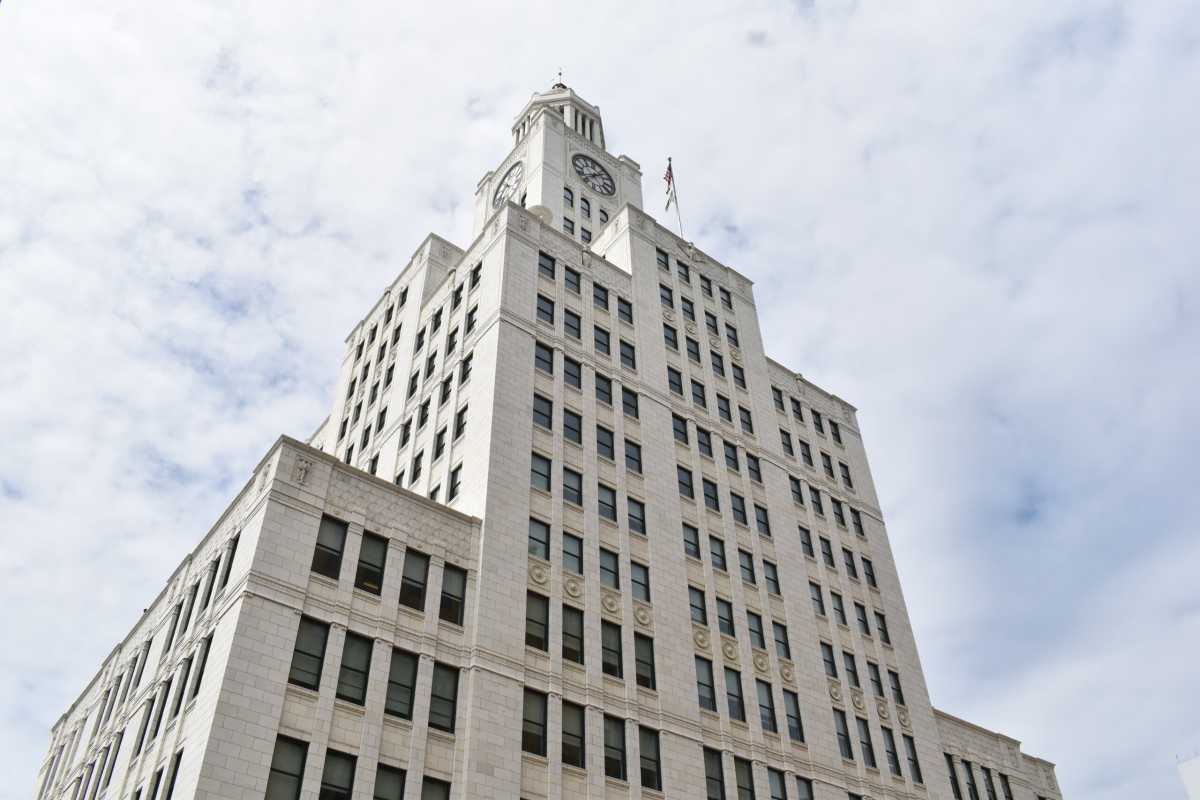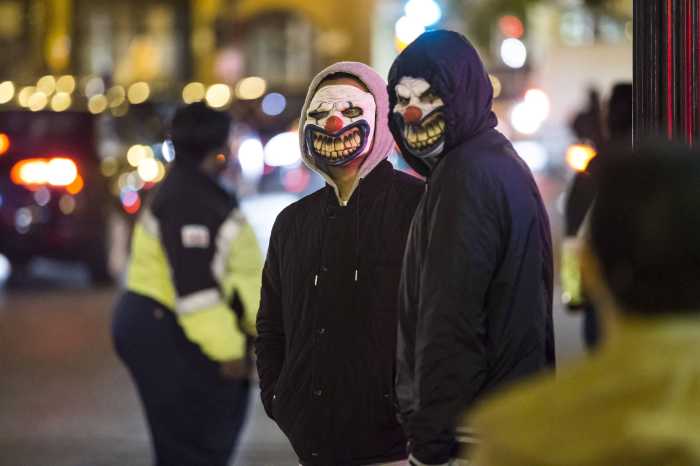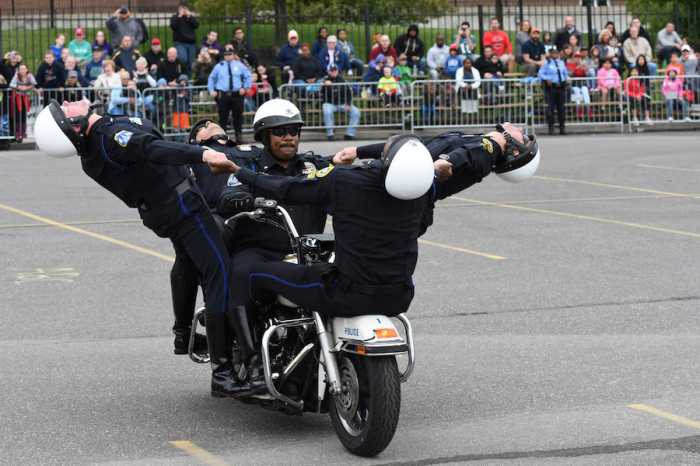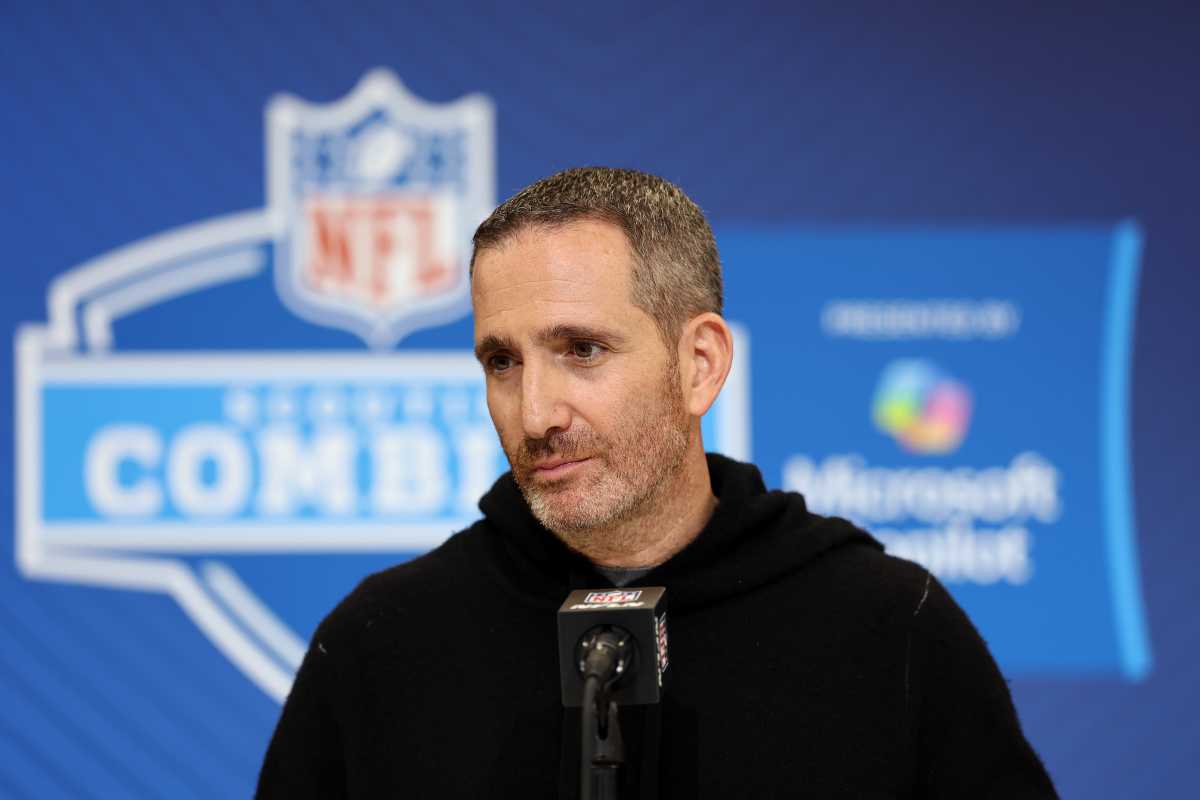Philadelphia has paid $15.6 million to settle lawsuits alleging police misconduct since the beginning of 2022, a Metro analysis found.
In all, the city agreed to pay-outs in 155 police-related cases in federal and state courts, and, in a handful of circumstances, Mayor Jim Kenney’s administration reached a settlement before lawsuits were filed.
The analysis of city data does not include any settlements after March. Ava Schwemler, a spokesperson for Kenney’s Law Department, said information for the second quarter of 2023 is still being finalized.
Not incorporated into the total is the $9.25 million the city agreed to pay to 343 people to settle a class action suit surrounding the use of tear gas and other tactics against racial justice protesters in the summer of 2020, following the killing of George Floyd.
In addition, attorneys for the family of Eddie Irizarry Jr., the 27-year-old man killed in a police shooting earlier this month in Kensington, have signaled that they intend to file a wrongful death suit against the city. Police Commissioner Danielle Outlaw last week announced her decision to fire the officer who opened fire, Mark Dial.

While the police settlements represent a fraction of a percent of Philadelphia’s $6.2 billion annual budget, they do constitute a significant chunk of the city’s overall liability cost. It is also more than the city’s yearly allocation to some municipal departments, including human resources and the City Controller’s Office.
Money to cover settlements comes from an indemnities fund. Schwemler said the city spent an estimated $71.5 million on indemnities last fiscal year, which ended June 30, and has set aside nearly $50 million this year.
To cover those costs, the city pulls from its general fund, 80% of which is from local taxpayer dollars. The rest comes from fees and other city revenue sources, along with federal and state contributions.
State law limits settlements in most cases involving local governments to $500,000. Over the 15-month period included in Metro’s analysis, police-related pay-outs ranged from $500 to the $2.1 million awarded to Dwayne Thorpe.
Thorpe was released from prison four years ago after serving a decade for a 2008 murder. The District Attorney’s Office dropped the charges after his conviction was vacated based on evidence that a police detective coerced a statement from a witness.
That detective, James Pitts, was charged last year with perjury and obstruction in connection with an unrelated murder case that also resulted in an overturned conviction. Pitts’ criminal case is pending.
Exonerations and overturned convictions accounted for more than a quarter of the total settlement money.
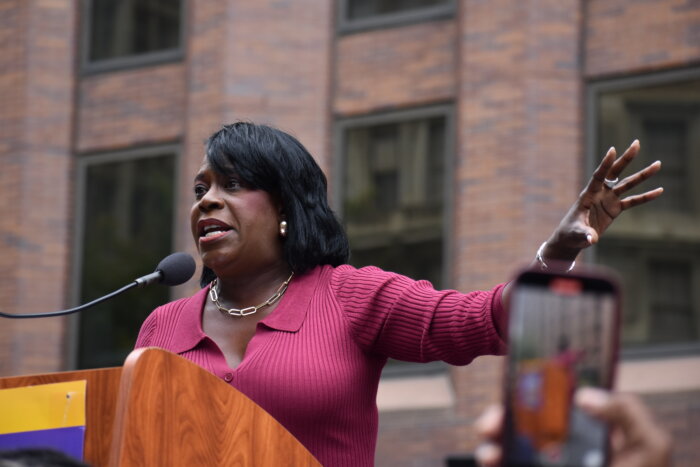
Other cases involved allegations of assault and battery, unnecessary chases, crashes and shootings.
Relatives of Richard Ferretti settled for $300,000 in early 2022 after a court battle that went on for more than four years.
Officer Shannon Coolbaugh fatally shot Ferretti, 51, who was unarmed, during a traffic stop in May 2016 in Overbrook. The District Attorney’s Office declined to charge Coolbaugh, ruling that the shooting was justified because Ferretti allegedly refused police orders and drove toward officers.
Sixty of the 74 police-related settlements in state court since the start of 2022 are connected to vehicle collisions and related incidents.
For example, Latoya and Kenneth Randolph received $400,000 last summer to resolve a lawsuit stemming from a 2018 crash in West Oak Lane.
In a legal complaint, an attorney for the couple accuses Officer James Edminson of blowing a red light at Limeklin Pike and Walnut Lane while responding to a report of gunshots. His police cruiser slammed into Latoya Randolph’s vehicle, and she suffered a brain injury and permanent disability, according to court documents.
Internal police directives require officers to come to a complete stop and look for traffic at red lights while en route to a crime scene.



